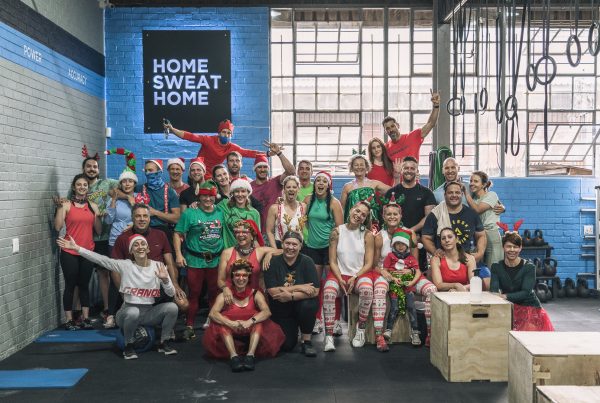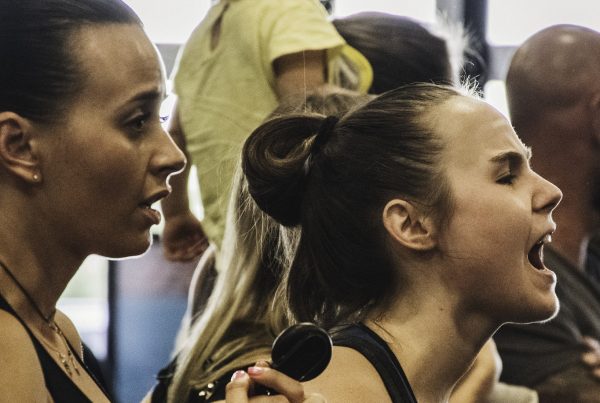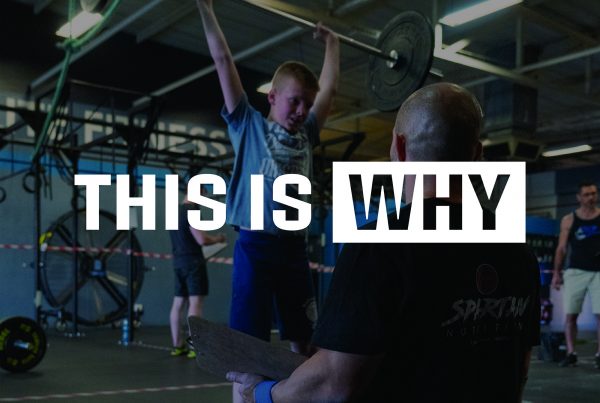While we are a fitness facility, fitness is the service and the business is people. We are here to help make people better, and make better people. Much of that coaching, in both nutrition and training, is based on adapting behaviour. And that is based heavily on habit formation.
Habits are the small decisions and actions you perform daily. What you repeatedly do ultimately forms who you are. Therefore, if your nutrition is poor it’s a direct result of bad dietary habits.
Likewise, if your nutrition is on point, it’s a direct result of good dietary habits.
Habits are thought to be developed through a 3-step loop.
- Step 1 is a trigger – an event or action that reminds you of and initiates a habit. Example: Becoming “snacky” between meals.
- Step 2 is the habit itself – the behaviour you (repeatedly) perform in response to the trigger. Based on the above example: Eating a sweet treat.
- Step 3 is the reward – the benefit associated with behaviour. Following on with the example: Energy levels and mood are lifted for a bit.

Created by James Clear
You can layer any habit, dietary or otherwise, onto these three steps. While people may display the same behaviours (habits), their triggers and perceived rewards will all be different depending on their personality traits.
How rewards are perceived are especially different between individuals. For some, the reward from that sweet pick-me-up is better energy levels for the next 40 minutes. For others, the reward is more psychological – a comforting feeling. Either way, the reward keeps refueling the behaviour.
So how do we improve dietary habits? I think that reverse engineering the 3-step loop works like magic.
- Start with the reward. What will your reward be for eating better? Improved performance, losing body fat, greater self confidence, fitting your wedding clothing perfectly, reduced risk of cardiovascular disease and diabetes. There are many, but you have to pick one to three rewards for YOU.
- Now look at what habits you need to change and develop in order to get you to that reward. This will again be different for everyone, but make them relevant to the reward. If you know what the benefit will be, it motivates you to maintain the habit.
- Find a trigger that initiates the required behaviours. Triggers can be a time, location, event, emotion or other people. Set an alarm for each meal and snack. Associate the work canteen (location) with bad food to prevent you from eating there. Post-exercise (event) is a good time for a more high GI meal or snack.
Emotions are typically triggers for bad behaviour (like comfort eating) so implement an exercise behaviour for when you’re feeling down. The people one is more powerful than you realise, so surround yourself with people who are at the very least supportive of your goals.
There’s a fourth step that I think fits in under the rewards step – visualisation. Visualise how you will feel when you attain the reward. “I will feel [insert emotion] when I lose some body fat.” It’s a well proven method.
It’s all a bit easier said than done, though. And that’s exactly why we run lifestyle challenges. Sure, we teach you a bit about good nutrition, but more importantly, the challenges are a method of instilling better (sustainable) lifestyle behaviours. So, if you need to tidy up your health and fitness, sign up for the Summer Lifestyle Challenge. If you’ve done a challenge or two but feel like you need more individually tailored advice, we do have one-on-one nutrition coaching too.
Whichever route you choose, “I struggle to eat well” is the poorest excuse you could have for not optimising your health because all the tools you need are right at your finger tips!



